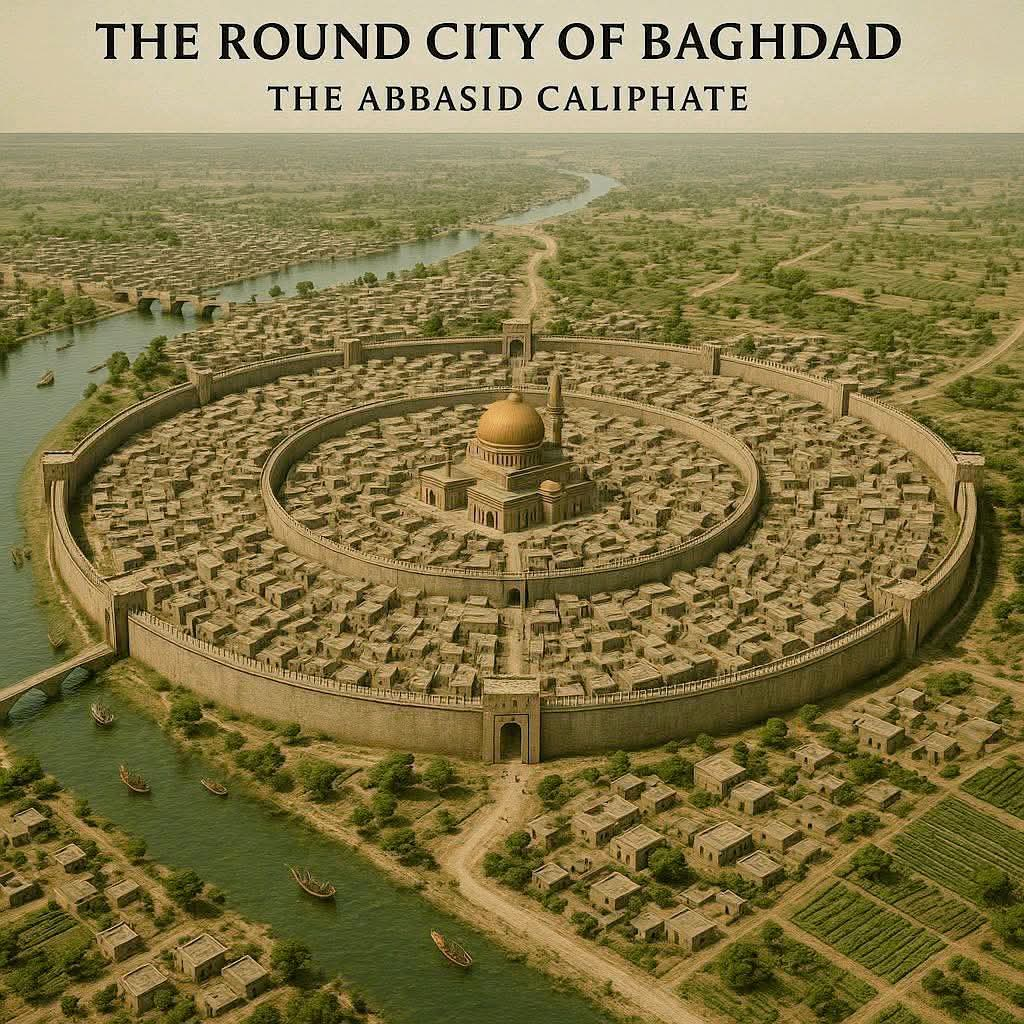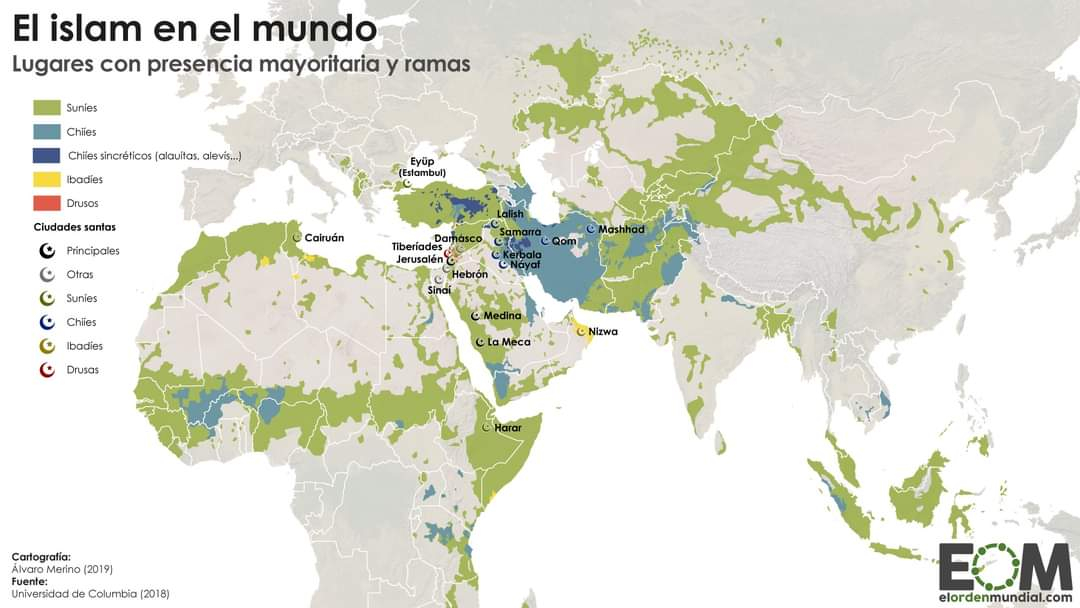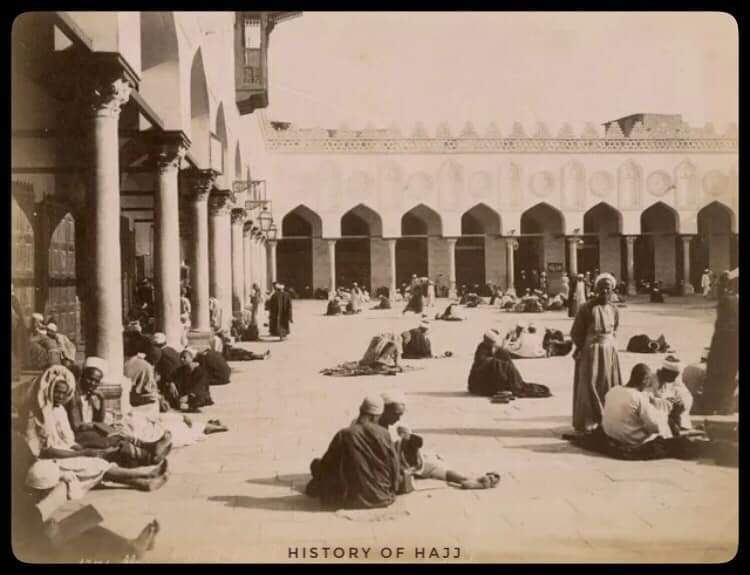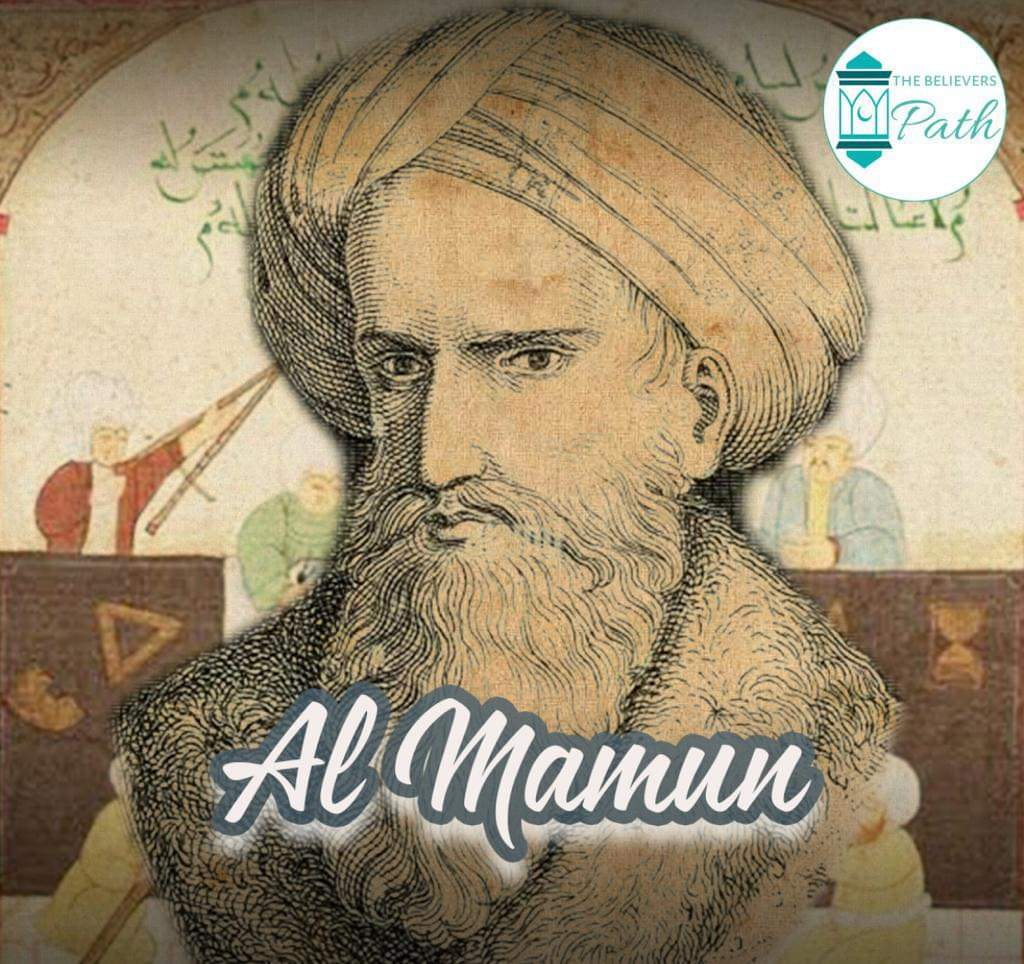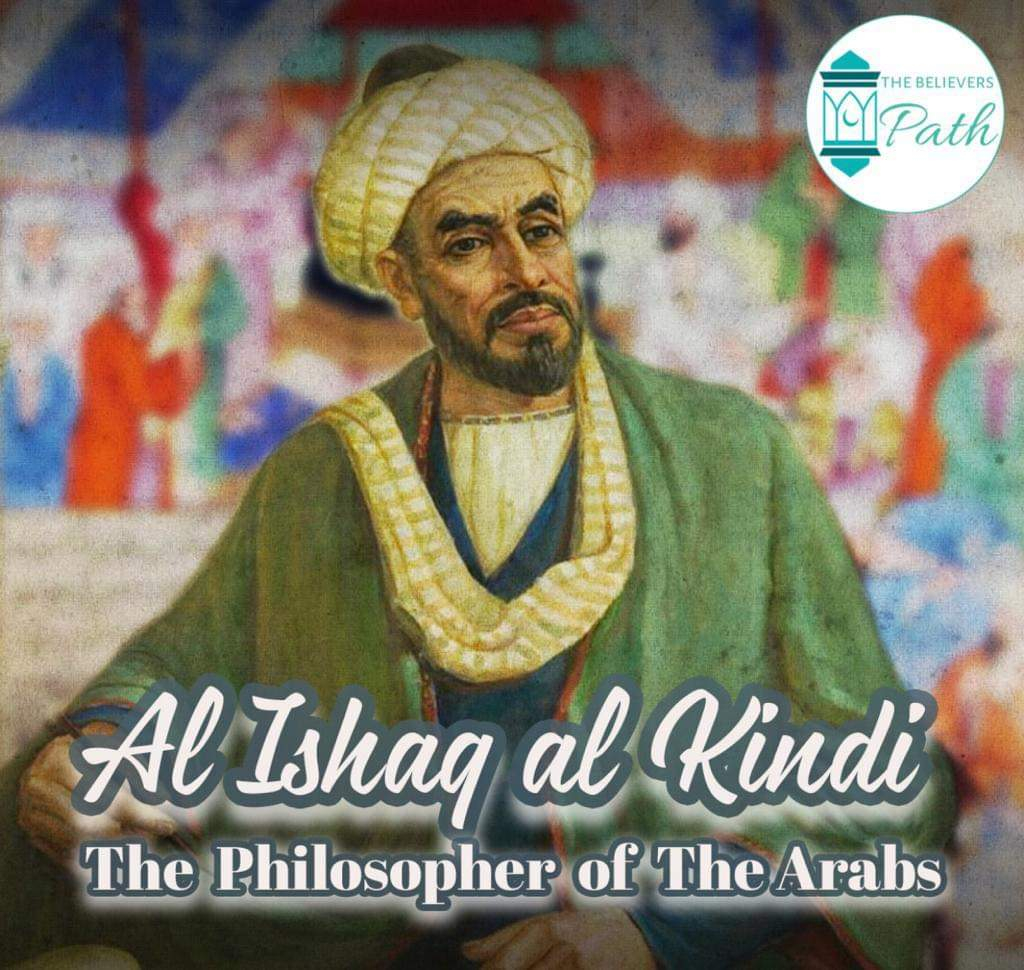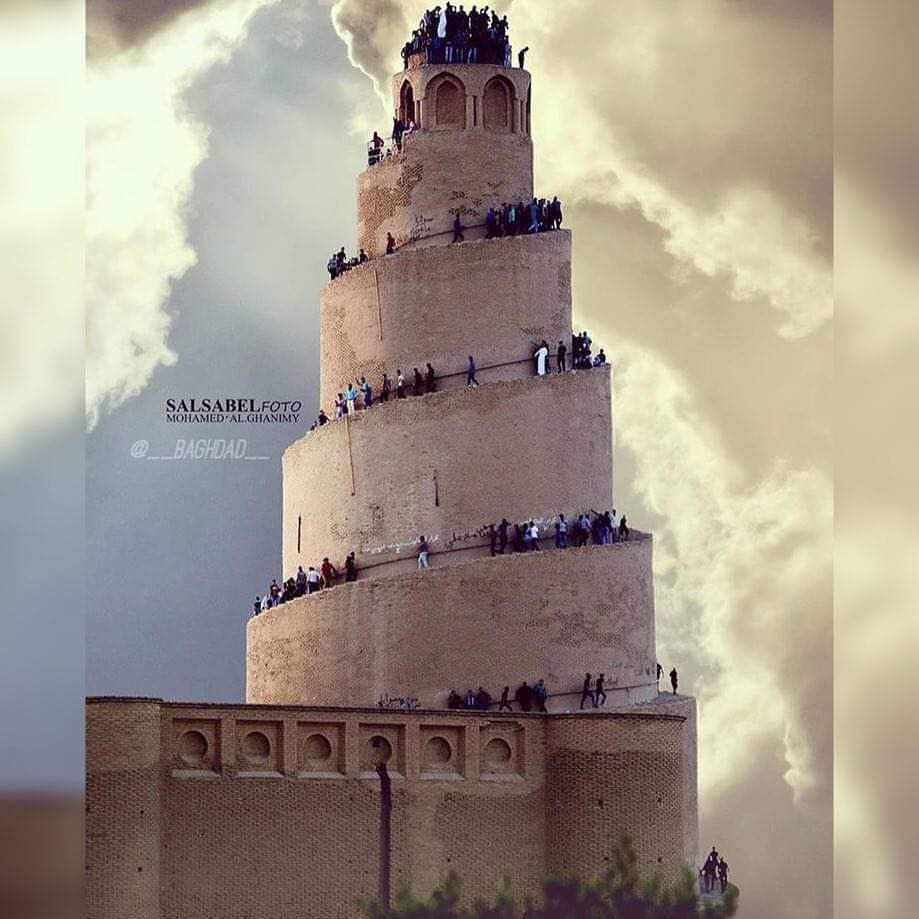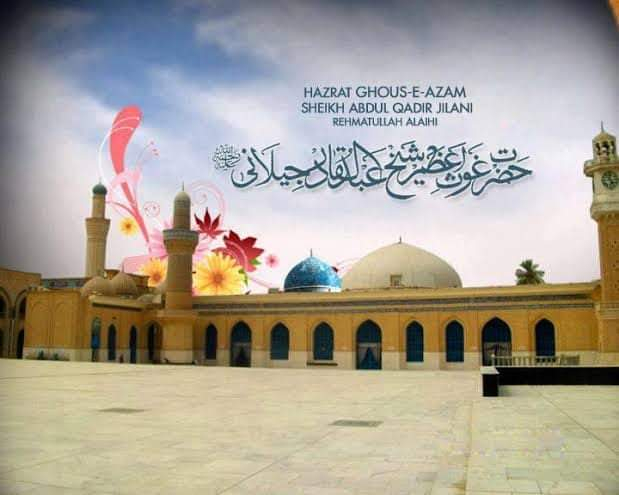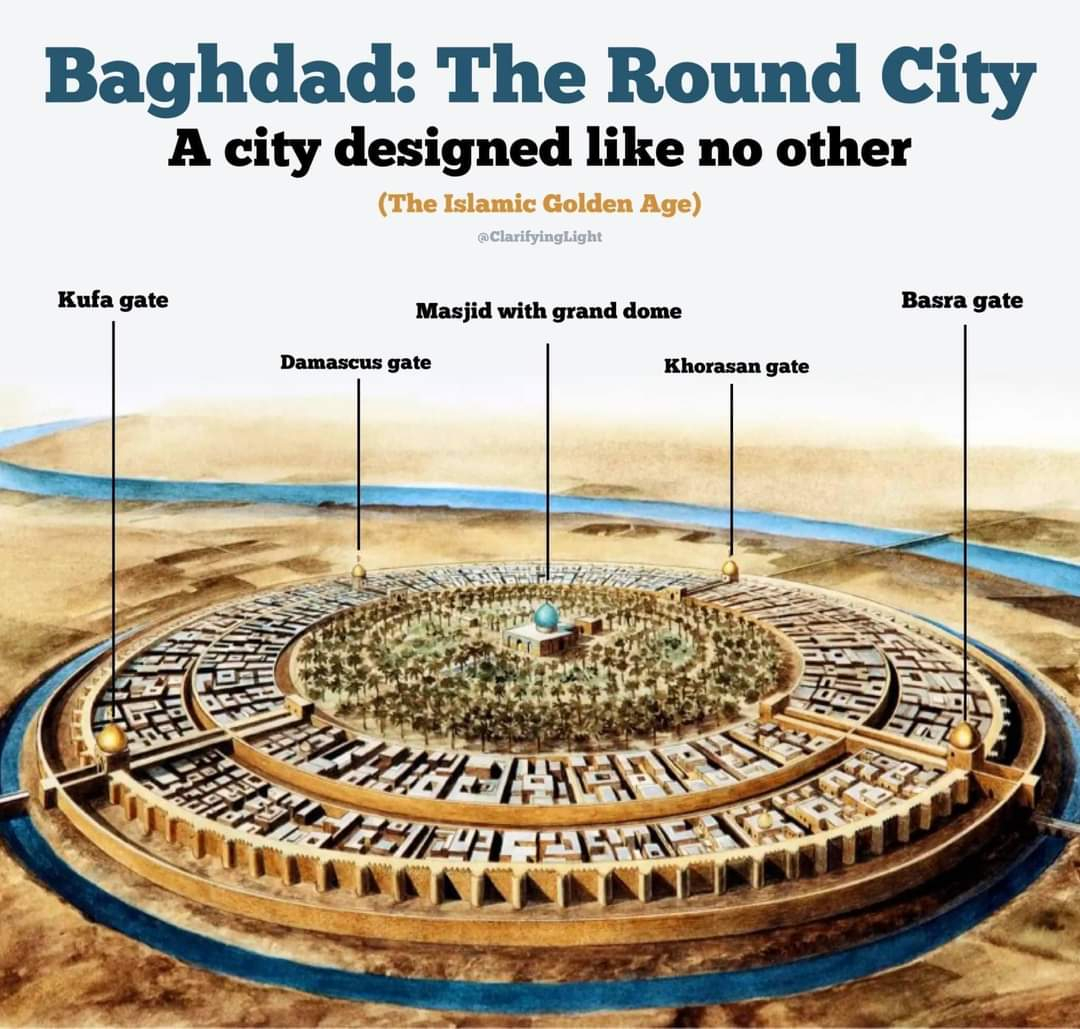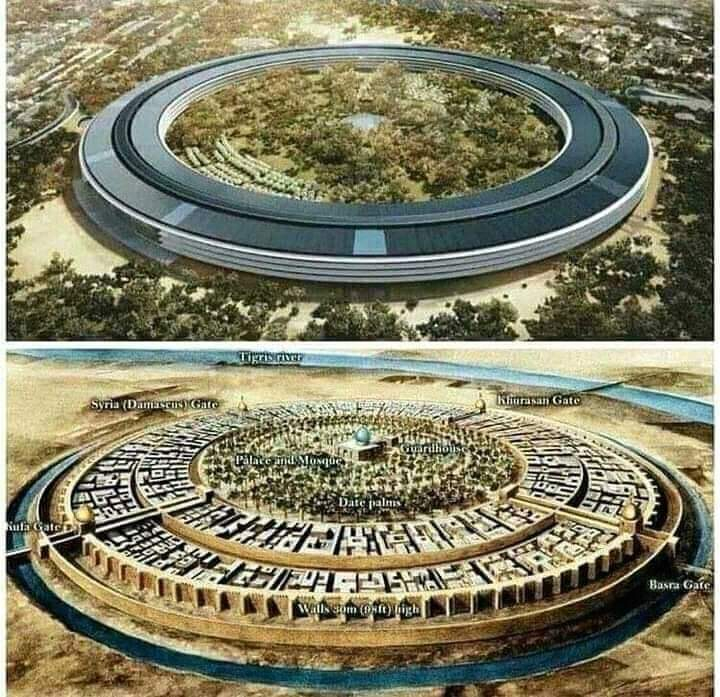Abbasi Halifeliği: Rönesans'ı Ateşleyen Bir Devrim
M.Ö. 750 yılında Abbasiler İslam'ın Altın Çağı'na öncülük ederek Umayadları devirdiler. İkonik Bağdat'taki "Yuvarlak Şehir"inden İslam dünyasını bilgi, kültür ve yenilikçi bir fenerine dönüştürdüler.
*Bağdat'ta Yeni Bir Çağ*
M.Ö. 762 yılında Halife Mansur tarafından kurulan Bağdat, Arapları, Farsları, Türkleri ve daha fazlasını canlı bir İslami kimlik altında birleştirerek küresel bir ticaret, diplomasi ve aklın merkezi haline geldi.
*Öğrenmenin Altın Çağı*
Harun el-Reşid ve el-Ma'mun gibi halifeler kültürel bir patlamayı körükledi:
*Bilgelik Evi* Yunanca, Farsça ve Hint metinlerini tercüme etti.
Harezmi cebiri icat etti, El-Razi tıbbı devrim yaptı ve İbn Sina'nın *Tıp Kanonu* küresel sağlık hizmetini şekillendirdi.
El-Hasan ibn el-Heysem optiğe öncülük etti, bilimsel yöntemin temelini attı.
*Sanat ve Felsefe gelişti*
El-Mutanabbi gibi şairler, Sufi mistikleri ve El-Farabi gibi filozoflar Yunan rasyonalizmini İslam düşüncesiyle harmanlamışlardır. Abbasi mahkemesi ipek, müzik ve kütüphanelerle göz kamaştırdı.
*Dini Çeşitlilik*
Abbasiler Sünni İslam'ı teşvik ederken Şii, Haricit ve İsmail düşüncelerinin yükselişini gördüler ve ilahiyat okullarının zengin bir duvar halısını beslediler.
*Reddet ve Miras*
10. yüzyıla kadar, parçalanma başladı. 1258 yılında Bağdat'ın Moğol çuvallaması ve vilayet hanedanları Altın Çağ'ı sonlandırdı. Ancak Abbasilerin mirası 1517 yılına kadar Kahire'nin sembolik halifeliğinde yaşadı.
*Bir Medeni Güç*
Abbasiler antik bilgeliği, kaynaşmış kültürleri ve Avrupa Rönesansına ilham vermişlerdir. Hikayeleri kalemin kılıçtan daha güçlü olduğunu kanıtlıyor.
#AbbasidCaliphate #IslamicGoldenAge #HouseOfWisdom #Baghdad #IslamicHistory #HistoryMatters #ScienceAndCulture #MedievalHistory #ZaneHistoryBuff #theinsidehistory
M.Ö. 750 yılında Abbasiler İslam'ın Altın Çağı'na öncülük ederek Umayadları devirdiler. İkonik Bağdat'taki "Yuvarlak Şehir"inden İslam dünyasını bilgi, kültür ve yenilikçi bir fenerine dönüştürdüler.
*Bağdat'ta Yeni Bir Çağ*
M.Ö. 762 yılında Halife Mansur tarafından kurulan Bağdat, Arapları, Farsları, Türkleri ve daha fazlasını canlı bir İslami kimlik altında birleştirerek küresel bir ticaret, diplomasi ve aklın merkezi haline geldi.
*Öğrenmenin Altın Çağı*
Harun el-Reşid ve el-Ma'mun gibi halifeler kültürel bir patlamayı körükledi:
*Bilgelik Evi* Yunanca, Farsça ve Hint metinlerini tercüme etti.
Harezmi cebiri icat etti, El-Razi tıbbı devrim yaptı ve İbn Sina'nın *Tıp Kanonu* küresel sağlık hizmetini şekillendirdi.
El-Hasan ibn el-Heysem optiğe öncülük etti, bilimsel yöntemin temelini attı.
*Sanat ve Felsefe gelişti*
El-Mutanabbi gibi şairler, Sufi mistikleri ve El-Farabi gibi filozoflar Yunan rasyonalizmini İslam düşüncesiyle harmanlamışlardır. Abbasi mahkemesi ipek, müzik ve kütüphanelerle göz kamaştırdı.
*Dini Çeşitlilik*
Abbasiler Sünni İslam'ı teşvik ederken Şii, Haricit ve İsmail düşüncelerinin yükselişini gördüler ve ilahiyat okullarının zengin bir duvar halısını beslediler.
*Reddet ve Miras*
10. yüzyıla kadar, parçalanma başladı. 1258 yılında Bağdat'ın Moğol çuvallaması ve vilayet hanedanları Altın Çağ'ı sonlandırdı. Ancak Abbasilerin mirası 1517 yılına kadar Kahire'nin sembolik halifeliğinde yaşadı.
*Bir Medeni Güç*
Abbasiler antik bilgeliği, kaynaşmış kültürleri ve Avrupa Rönesansına ilham vermişlerdir. Hikayeleri kalemin kılıçtan daha güçlü olduğunu kanıtlıyor.
#AbbasidCaliphate #IslamicGoldenAge #HouseOfWisdom #Baghdad #IslamicHistory #HistoryMatters #ScienceAndCulture #MedievalHistory #ZaneHistoryBuff #theinsidehistory
🏛️ Abbasi Halifeliği: Rönesans'ı Ateşleyen Bir Devrim 🌟
M.Ö. 750 yılında Abbasiler İslam'ın Altın Çağı'na öncülük ederek Umayadları devirdiler. İkonik Bağdat'taki "Yuvarlak Şehir"inden İslam dünyasını bilgi, kültür ve yenilikçi bir fenerine dönüştürdüler. 🕌✨
🌍 *Bağdat'ta Yeni Bir Çağ*
M.Ö. 762 yılında Halife Mansur tarafından kurulan Bağdat, Arapları, Farsları, Türkleri ve daha fazlasını canlı bir İslami kimlik altında birleştirerek küresel bir ticaret, diplomasi ve aklın merkezi haline geldi.
💡 *Öğrenmenin Altın Çağı*
Harun el-Reşid ve el-Ma'mun gibi halifeler kültürel bir patlamayı körükledi:
🧠 *Bilgelik Evi* Yunanca, Farsça ve Hint metinlerini tercüme etti.
📚 Harezmi cebiri icat etti, El-Razi tıbbı devrim yaptı ve İbn Sina'nın *Tıp Kanonu* küresel sağlık hizmetini şekillendirdi.
🔬 El-Hasan ibn el-Heysem optiğe öncülük etti, bilimsel yöntemin temelini attı.
🎭 *Sanat ve Felsefe gelişti*
El-Mutanabbi gibi şairler, Sufi mistikleri ve El-Farabi gibi filozoflar Yunan rasyonalizmini İslam düşüncesiyle harmanlamışlardır. Abbasi mahkemesi ipek, müzik ve kütüphanelerle göz kamaştırdı. 🎵🎶
🕌 *Dini Çeşitlilik*
Abbasiler Sünni İslam'ı teşvik ederken Şii, Haricit ve İsmail düşüncelerinin yükselişini gördüler ve ilahiyat okullarının zengin bir duvar halısını beslediler.
🗣️ *Reddet ve Miras*
10. yüzyıla kadar, parçalanma başladı. 1258 yılında Bağdat'ın Moğol çuvallaması ve vilayet hanedanları Altın Çağ'ı sonlandırdı. Ancak Abbasilerin mirası 1517 yılına kadar Kahire'nin sembolik halifeliğinde yaşadı.
🌙 *Bir Medeni Güç*
Abbasiler antik bilgeliği, kaynaşmış kültürleri ve Avrupa Rönesansına ilham vermişlerdir. Hikayeleri kalemin kılıçtan daha güçlü olduğunu kanıtlıyor. ✍️ 💡
#AbbasidCaliphate #IslamicGoldenAge #HouseOfWisdom #Baghdad #IslamicHistory #HistoryMatters #ScienceAndCulture #MedievalHistory #ZaneHistoryBuff #theinsidehistory
0 Comentários
0 Compartilhamentos


